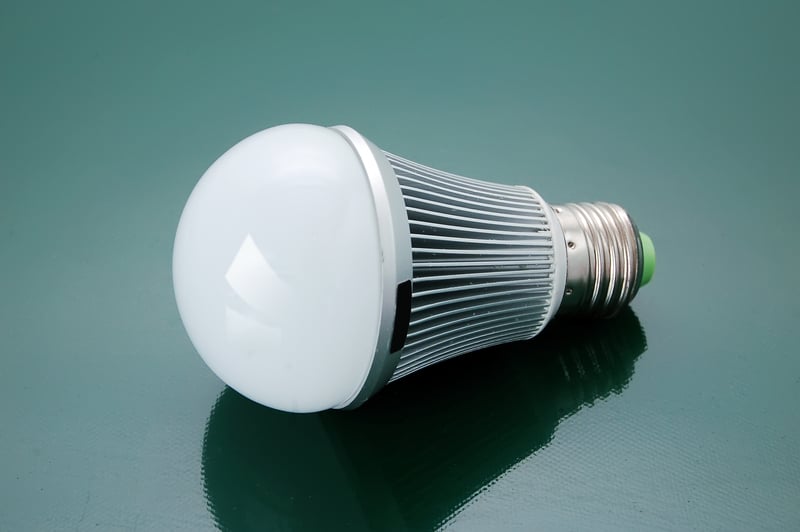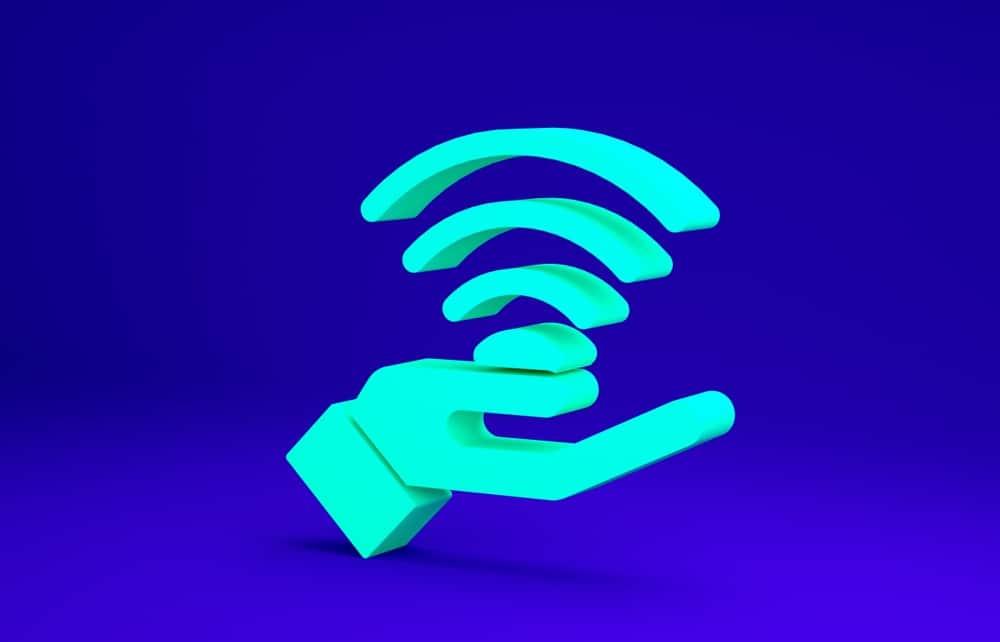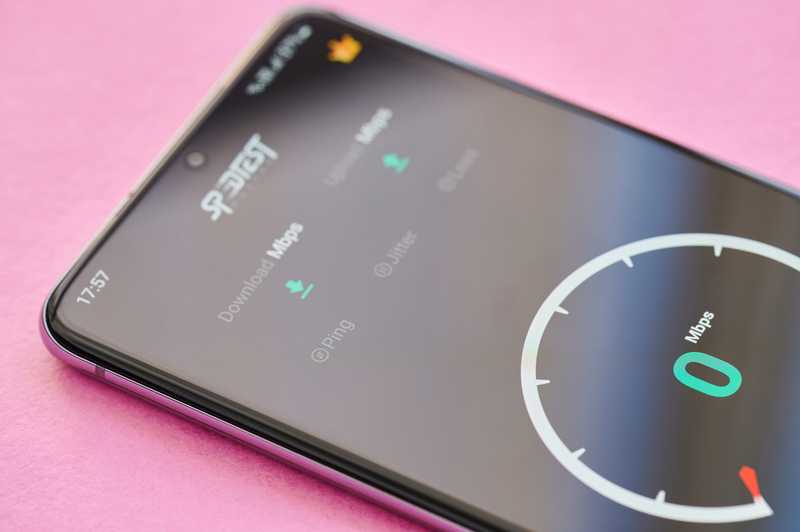
Wi-Fi is used by the majority of the world, and there is no doubt that each of you desires a stable and consistent Wi-Fi network.
Even though the connection strength of networking equipment has improved in recent years.
Still, Wi-Fi distortion and interference issues have been around for a long time.
When we discuss Wi-Fi, the word “interference” is always taken silently. This is not the fault of the company from which you purchased.
It’s more of a problem with the nature of the signals, which can’t be changed or altered but can be avoided.
So, if you are looking at interference as a threat to a stable Wi-Fi connection, you are probably looking at it from every angle.
Do LED Lights Interfere With Wi-Fi?
Interference is a worldwide problem, and no networking hardware has been designed to be immune to it.
This is due to the fact that Wi-Fi signals are completely related to radio waves, and you may have appliances in your home that emit the same waves.
As a result, when they collide, which is very likely, you get a distorted Wi-Fi connection. Not only microwaves, cellular appliances, Bluetooth devices, washing machines, and other similar devices interfere with Wi-Fi signals.
Do LED lights interfere with Wi-Fi? Yes and no, respectively. It is determined by several factors whether LED light interference or not. This is what we will investigate in this article.
Does LED Produce Radio Waves?
LED lights are a source of light, but they do more than that. They generate electromagnetic waves as well. This means it is interfering with your Wi-Fi connection.
However, certain factors determine whether the distortion in your connection is caused by the LED lights or by another source.
The first point to mention is that the field generated by the lights is so weak that it would never interfere with your Wi-Fi in the first place.
If you look closely, the general electromagnetic emission threshold of LED lights ranges from 400THz to 600THz.
This means that interference can be detected, but it does not affect the behavior of your Wi-Fi because the frequency difference is so huge.
Unlike a microwave or Bluetooth device, which emits GHz radiation primarily at 2.4GHz, significantly interfering with the performance and reception of your Wi-Fi.
So, in a nutshell, an LED light will not have a significant impact on your Wi-Fi connection under normal circumstances.
When Does LED Light Distort Wi-Fi?
When two devices operating on the same frequency come into contact, they produce interference.
However, if you have a device with a threshold that is less than or greater than the wave emission of your Wi-Fi, things can get interesting.
If you have multiple LED lights in your home and believe they will not interfere with your Wi-Fi signals, you are mistaken. One, two, or three lights will not harm your Wi-Fi.
However, there is a chance of interference if your home is well-lit.
Because LED lights emit electromagnetic fields at the same time, there is a chance that they will combine into a single larger wave, disrupting the Wi-Fi connection.
This is quite common when all of your house’s LED lights are turned on at the same time. But, to demonstrate this point, let us conduct a small experiment.
Turn on the LEDs in one room and connect a device to the Wi-Fi network. Take note of the number of Wi-Fi bars on your device once the connection is established.
Run a speed test and record the Mbps your internet is currently providing you. Now disconnect the device from the network and proceed to another room with only one LED light turned on.
Now connect the device to the network in that location. Take note of the number of Wi-Fi bars and perform another speed test to determine the strength of your Wi-Fi. Now double-check your speed in a well-lit room.
If the speed is reduced when the LED lights are turned on, you are likely to encounter interference.


